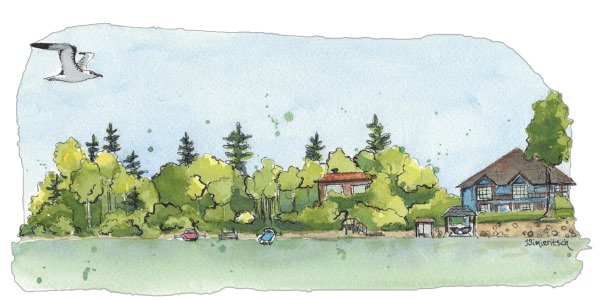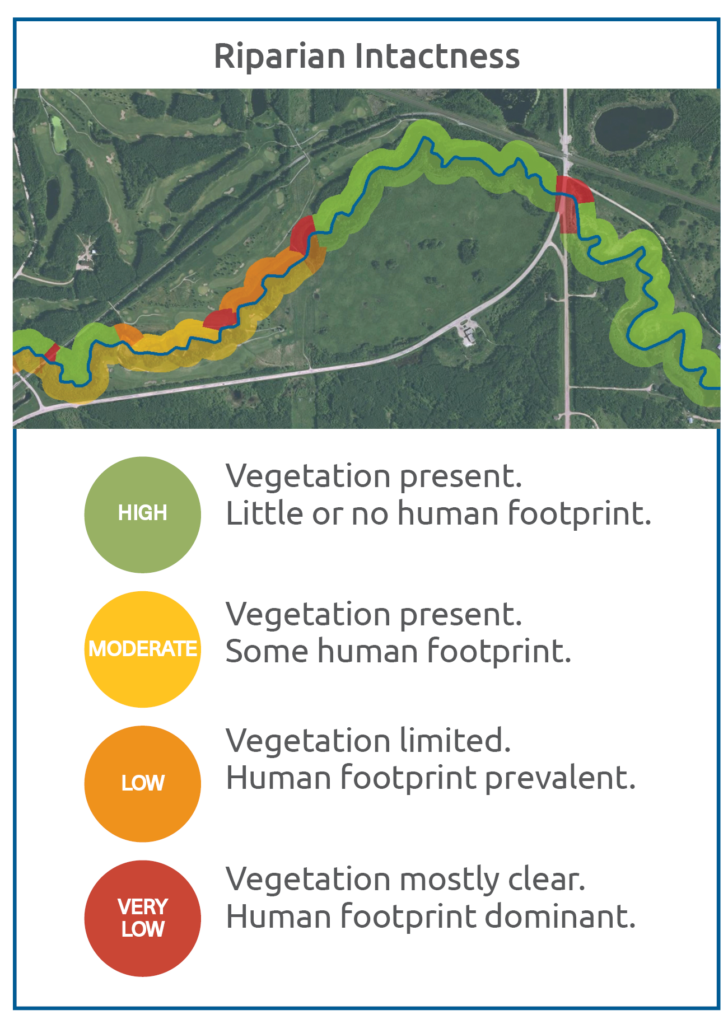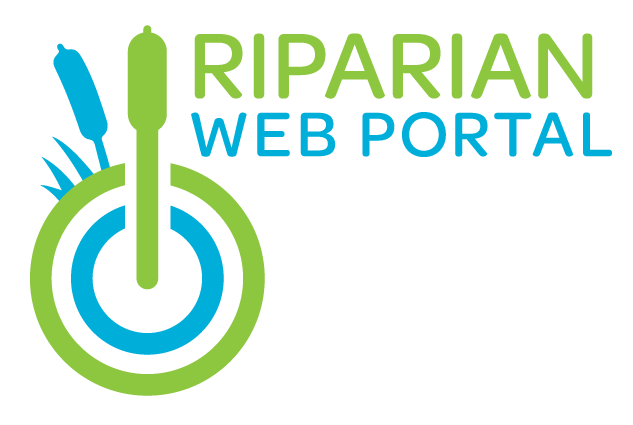Riparian lands have substantial ecological, economic, and social value. They are a critical component of a healthy watershed, providing goods and services essential for maintaining water quality, water quantity, and aquatic ecosystem health. Riparian areas occur at the intersection of land and water, making them highly complex and dynamic.
The Riparian Health Action Plan (RHAP) was launched in 2016, following recommendations from our Integrated Watershed Management Plan (2012). The Riparian Health Action Plan is a living framework that continues to evolve as new information, partnerships, and priorities emerge. Many projects have already been completed, laying a strong foundation for riparian management across the region. Ongoing work ensures that the Plan remains dynamic and responsive to changing conditions, supporting continuous improvement and collaboration into the future.
The three RHAP phases are:
1. Assess the condition of riparian areas
2. Develop riparian policy guidelines and health objectives
3. Support incentive programs that promote restoration and conservation of riparian areas



